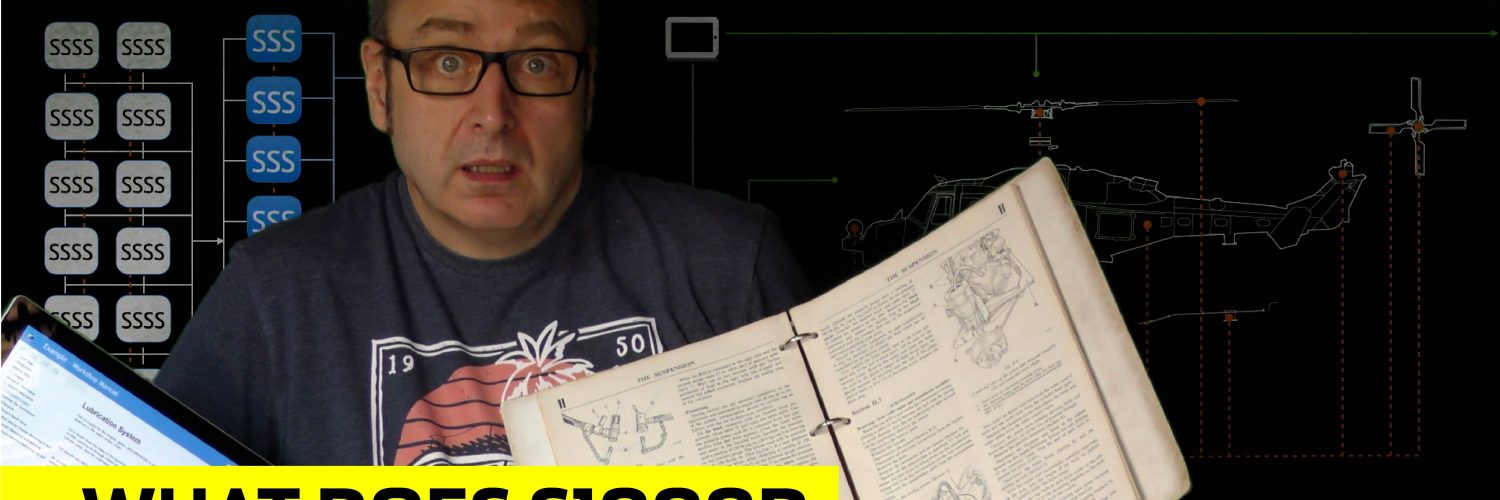What does good look like is a question I tend to get from senior managers and decision-makers in organisations. Answering this question always takes a little bit of navigating as explaining to non-believers what S1000D is and why it does what it does is tricky to sell in an elevator pitch. It becomes even more complicated when dealing with very busy people who want to know the bottom line so they can run to the next meeting.
The last time a senior (and he was very senior) asked me this question, was within the first minute or so and after the pleasantries completed he came straight to the point ‘what does good look like Mike?’, almost in a tone of ‘I’m busy just tell me.’
This question’s answer is not so simple, so I had to choose my words carefully and correctly based on his role and what is important to him, efficient access to accurate information for his maintainers.
“It depends’ I answered, but from your perspective. You care only about usable, accurate technical publications that quickly keep your assets in or returned to service and instils your users’ confidence. Good from this viewpoint is a technical publication fit for purpose. A technical publication that does not disable our end-user, but enables and becomes part of a toolkit. A technical publication supporting the platform and the environment in which it is used and can be maintained is the only ‘good’ we are looking for in this instance.
On the other hand, good from the wider supply chain is different. A common approach to technical publication production, clear vision, strategy and direction is critical here. A complex information supply chain (a phrase I coined) means complex and variations in style, format, quality, etc. Good at this level is very different indeed.
Watch my full video on YouTube where I give two examples of ‘S1000D Good’.
Consider joining TDW as a full member and gain access to much more information and content.






